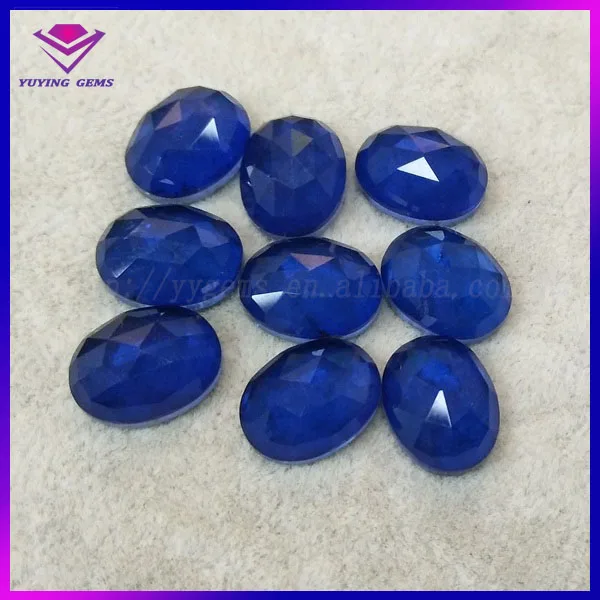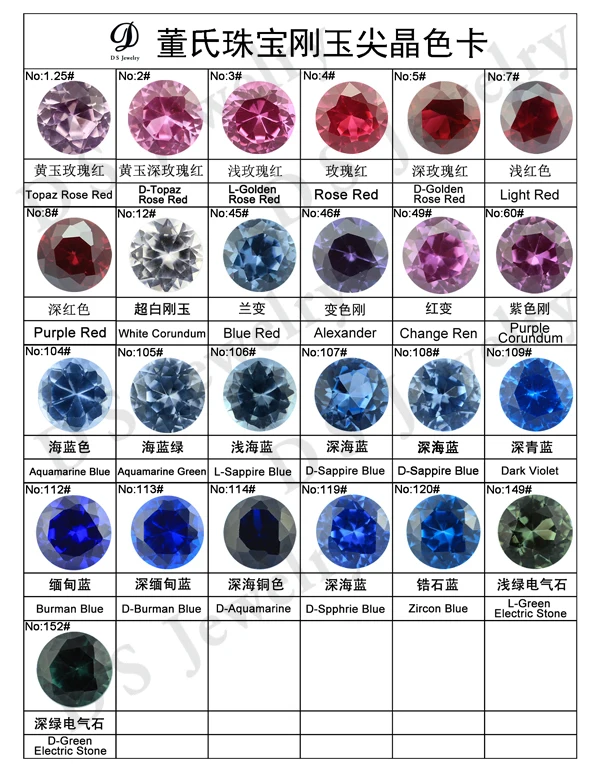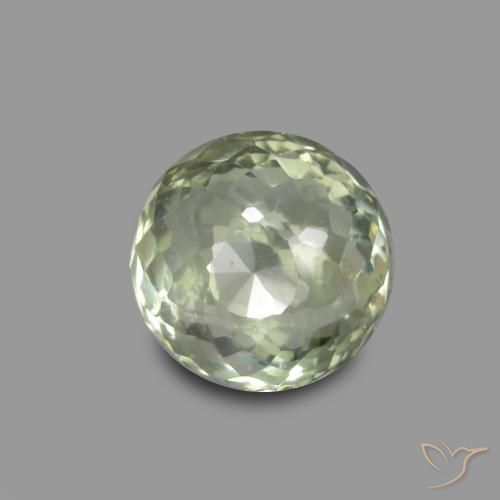

It is still the most widely used system in the trade and one of the only ones with a solid scientific basis. The GIA color grading system is the most widely accepted color grading system for colored stones and was developed around grading saturation and tone levels. The other pictures indicate what happens when the color is desaturated or oversaturated and have high tone levels. We have tried to help make this clearer by displaying a suite of Tsavorites below demonstrating color quality:Ī suite of top Tsavorites showing excellent saturation and tone levelsĪ suite of low grade Tsavorites showing low saturation and tone levelsĪ suite of low grade Tsavorites showing over saturation and tone levelsįrom the above images it is clear how the top colors show how a top level of saturation of color produces a vivid deep color and when combined with top levels of tone produce a beautiful gemstone.


Also, Tsavorite has a variety of colors which are considered top and this can be confusing most especially when trying to make comparisons. It can also be one of the most confusing aspects as you surf the web as so many different sites use different terms/grading systems and it is difficult to effectively compare one with another. When purchasing Tsavorite, there are several factors you need to consider in order to judge quality - these are "the 4 c's " - Color, Clarity, Carat Weight and Cut.Ĭolor is the most important of the 4 C's when considering Tsavorite quality. WHAT FACTORS SHOULD I CONSIDER WHEN JUDGING QUALITY IN TSAVORITE? Its intense green hues are caused by the presence of Vanadium and sometimes Chromium. It is a Calcium Aluminum Silicate (like its sister stone, Tanzanite) with a chemical composition of Ca3Al2Si3O12. Tsavorite is actually a Green Grossularite Garnet.


 0 kommentar(er)
0 kommentar(er)
